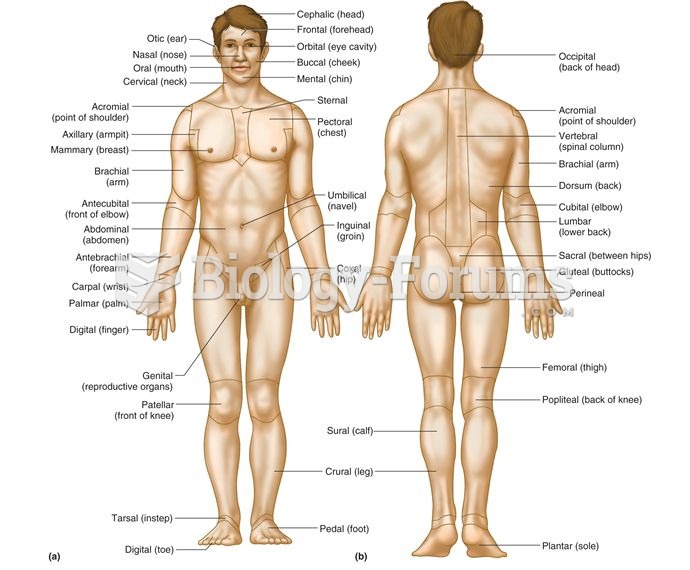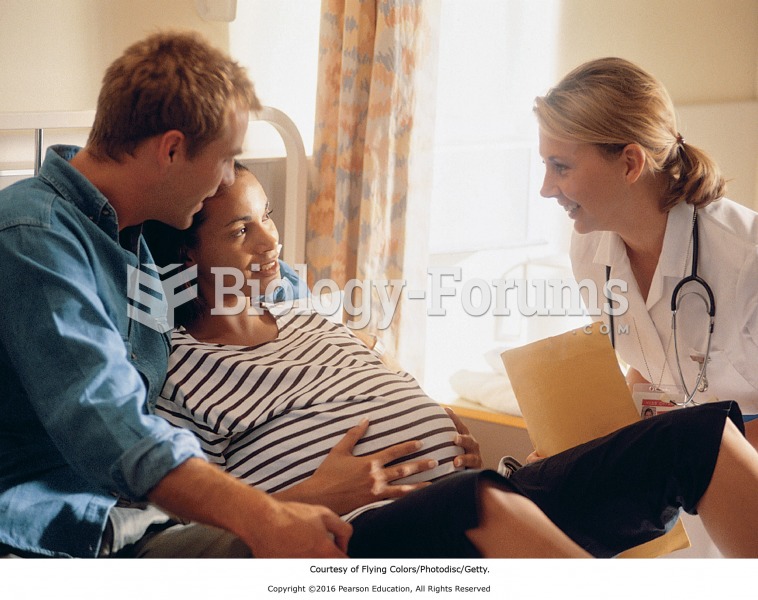Answer to Question 1
Negligence
Negligence means failure to take reasonable care or failure to perform duties in ways that prevent harm to humans or damage to property. The concept of gross negligence means failure to exercise even slight care or intentional failure to perform duties properly, regardless of the potential consequences. Contributory negligence means that an injured party contributed in some way to his or her own injury. In the past, this concept was used to protect defendants against negligence charges because the courts awarded no damages to plaintiffs who had contributed in any way to their own injury. Modern court cases have rendered this approach outdated with the introduction of comparative negligence. This concept distributes the negligence assigned to each party involved in litigation according to the findings of the court.
Liability
Liability is a duty to compensate as a result of being held responsible for an act or omission. A newer, related concept is strict liability. This means that a company is liable for damages caused by a product that it produces, regardless of negligence or fault.
Ability to Pay
The concept of ability to pay applies when there are a number of defendants in a case, but not all have the ability to pay financial damages. It allows the court to assess all damages against the defendant or defendants who have the ability to pay. For this reason, it is sometimes referred to as the deep pockets principle.
Tort
A tort is an action involving a failure to exercise reasonable care that may, as a result, lead to civil litigation.
Answer to Question 2
The National Institute for Occupational Safety and Health (NIOSH) is part of the Department of Health and Human Services (HHS). Recall that OSHA is part of the Department of Labor. NIOSH has two broad functions: research and education. The main focus of the agency's research is on toxicity levels and human tolerance levels of hazardous substances. NIOSH prepares recommendations along these lines for OSHA standards dealing with hazardous substances. NIOSH studies are also published and made available to employers. Every year, NIOSH publishes updated lists of toxic materials and recommended tolerance levels. These publications represent the educational component of NIOSH's mission.







